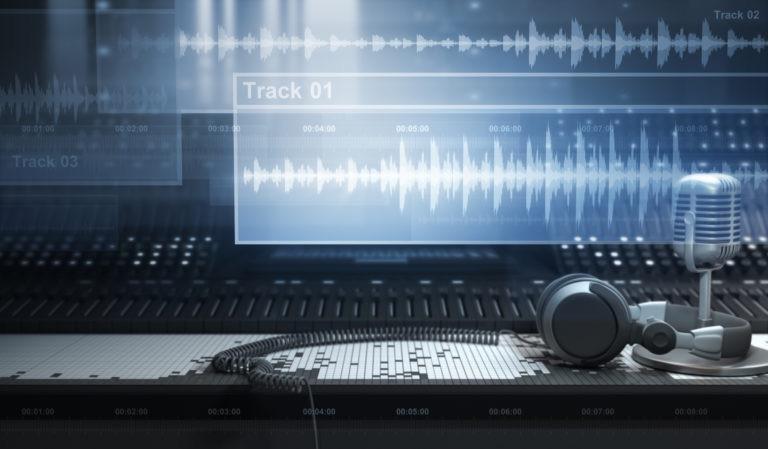What Is Mastering And How is It Different From Mixing?
When it comes to music, there are various stages that a song goes through to come up with a final product that is loved by everyone. These steps include online mixing and mastering. In this article, we are going to focus on what mastering is, how is it different from mixing and why it is a must during song production. Please see our services page for more information about our mastering services.
What is audio mastering?
Audio mastering is the last stage of a song post-production process. The aim is balancing sonic elements so a stereo and optimizing playback across all media formats and systems. The process involves turning a collection of sounds into one single, playlist, or podcast. The process also involves the combining parts of a song to create a final masterpiece.
What is the difference between mastering and mixing?
The difference between the two is simple. Though the two share similar techniques and tools, mixing is the process of multi-track recording, while mixing is all about adding the final touch and polish of a mix-down. Mixing is about getting each instrument to work together as a song while this polishes everything in the song for a perfect possible song.
To understand better everything, take it as a glue or varnish. Something that optimizes playback quality on devices from massive dance club systems to tiny iPhone speakers. This helps in bridging the gap between consumers and artists. All audio copies of a song come from the master.
What does mastering do?
Here are some techniques involved in mastering:
Stereo enhancement
Stereo enhancement deals with the spatial balance of your audio. When done right, stereo enhancements help your song sound bigger by widening your mix. Stereo enhancement also helps tighten the center image of your song by focusing on the low-end.
Audio restoration
Audio restoration fixes all hiccups like pops, unwanted clicks or hisses in the original song. The process helps in fixing a small mistake once the audio is amplified.
EQ
Unlike in mixing, EQ mixing involves correcting any spectral in balancing and enhancing elements that should stand out. An excellent master is well balanced and proportional, meaning no frequency range is left out. A final product after EQ sounds good on any system.
Compression
The work of compression is to correct and enhance the dynamic range of your mix. This process offers you an overall audio that has better uniformity and feel. It also helps glue together other parts of the mix that are not as cohesive as they are supposed to be.
Loudness
Mastering process is also using a compressor called a limiter. The limiter sets appropriate overall loudness and peak ceiling. This process makes the track competitively loud without allowing clipping which may lead to distortion.
Other processes in the mastering chain include bit depth reduction, sample rate conversion, sequence, and spacing.
Why mastering
The main aim of mastering is ensuring that your audio sounds better on all platforms. Even if you are mixing or recording in a million studio, without this, you can’t achieve the final quality that you want. Mastering ensures your song or mix sound as heard. The way you want people to hear it.
Conclusion
A good mastering engineer will turn your album into something loved by all. The process ensures your album is consistent and balanced on every track. Without this, the tracks sound disjointed, unbalance and inconsistent. This acts as a bridge between creating and sharing. After this step, you audio sounds complete, professional, uniform and balanced. Whether you are pressing a run on Vinyl or sharing your track online for download gives you confidence of sharing your mix on any platform. mrmixandmaster.com offer the best Music mastering services. Contact us on the website and find more about mastering.

